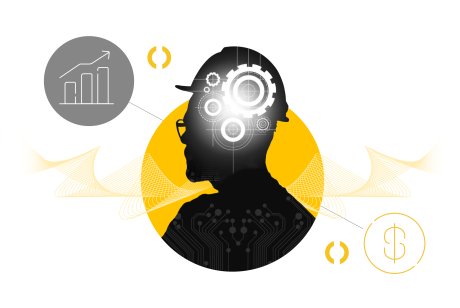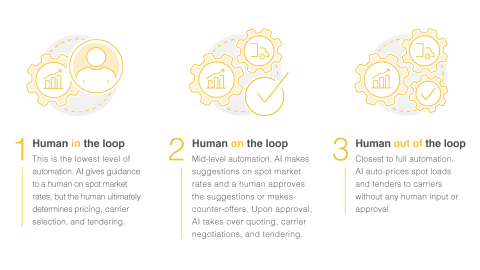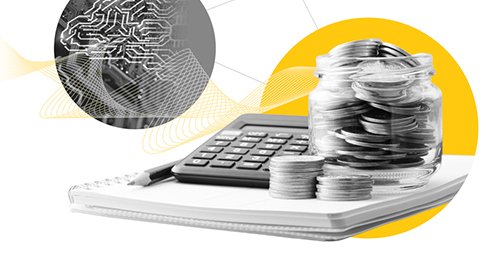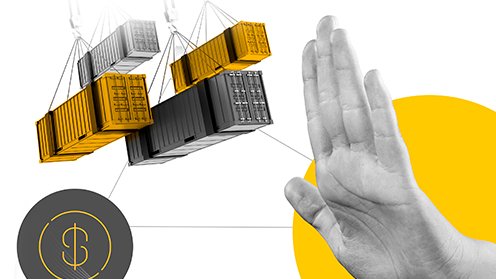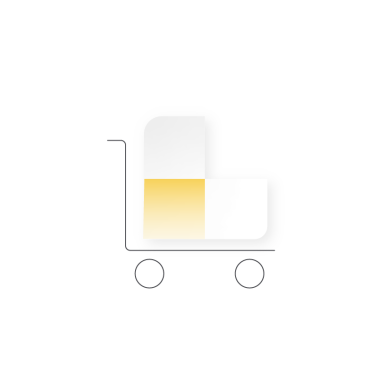The power of predicting spot freight rates
Let’s start by acknowledging that if it is possible to predict something, certainly humans have tried. Baseball scores, aeroplane crashes, election outcomes, stock performance - you name it, someone has attempted to predict it. So it is not the ability to predict, but the ability to predict with accuracy that is in question. The power of prediction lies in limiting error and improving accuracy - the portion of predictions that fall within certain acceptable bounds.
Defining prediction accuracy
Defining the boundaries of accuracy is critical when determining a system’s success in predicting spot market freight rates. As a general rule, any technology with an error rate over 15% is essentially useless and ineffective. In this scenario, a load in the U.S. that costs $1,000 would be off by $150 on average, far too risky for companies to consider as a viable option. On the opposite end is defining how accurate a prediction system needs to be to provide value – at what point does the reward of prediction technology outweigh the risks?
The answer to this question depends largely on who is asking. For a shipper buying capacity in the spot market, a higher level of error may be acceptable. Sometimes they buy on the high end, sometimes on the low end, but it tends to average out. On the other hand, a broker using predictive technology to bid on freight is more prone to the “selection effect” and may not benefit from systems with a higher error rate. In the broker pricing scenario, a broker is bidding against other brokers – if they bid too high, they are not awarded the load, but if they bid too low, they win the business but may be unable to buy capacity at that price, ultimately resulting in a loss. Over time, losses accumulate, but the broker is not making up for those, since they are not awarded business that is priced on the high end.
Accuracy is critical to spot freight predictions, as errors in the negative direction can be devastating to budgets and profitability. With so many variables at play, how can we get to a position of predicting spot market freight rates with confidence?
It’s important to note, most major freight brokerages have implemented spot rate prediction software in some form, with varying levels of success. Most of these systems were incubated before 2020 when the freight market was comparatively stable and predictable. Few - if any - could hold up to the sudden volatility of the freight market through the pandemic, causing companies to switch systems on and off while they attempted to adjust algorithms to account for instability. Most brokerages have not publicly released accuracy data of their spot rate prediction systems, but, strictly anecdotally, it is likely there were significant losses incurred in the early stages of implementation.
Levels of automation and AI
The risk associated with early spot rate prediction systems, combined with the high level of technological sophistication required to build them, nearly ensures that not all shippers and brokers will adopt fully automated spot rate technology. These companies will, however, likely utilise AI to augment their spot market knowledge and improve decision-making. AI technology in spot rate prediction can provide several levels of automation:
